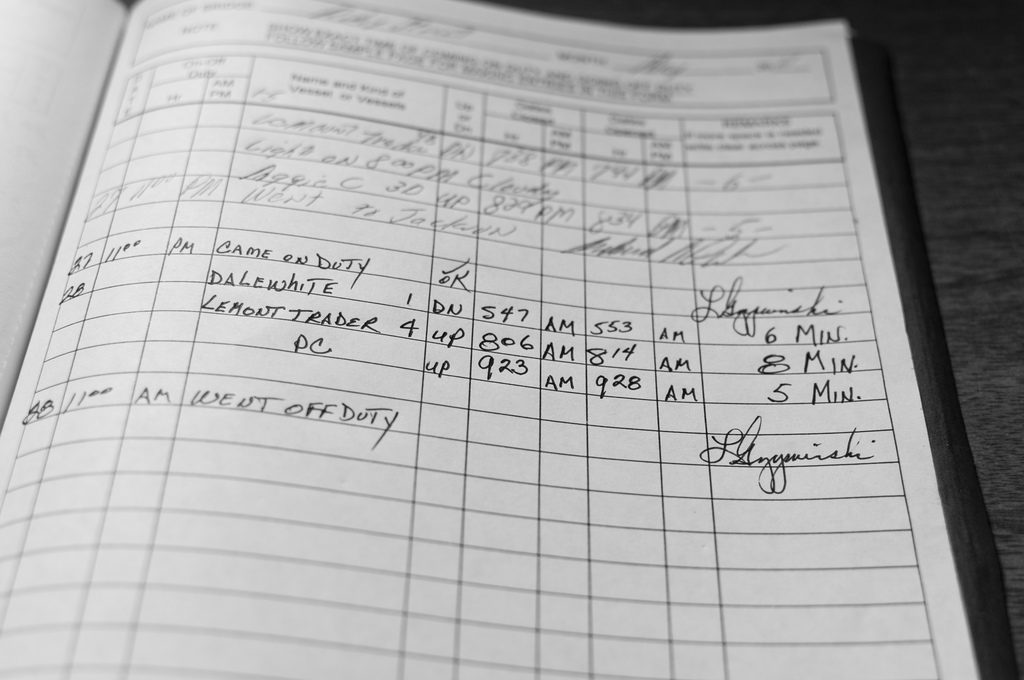The ELD Mandate, also referred to as the Electronic Logging Device Rule, is one of the recent changes in the commercial driving industry brought about by the advances in modern technology. Established in December of 2015, the rule requires hours-of-service on duty logged by commercial drivers to be done so through an ELD. It also sets some basic requirements of on-board techniques, standards, and mandatory documents for drivers. Why is this mandate so important to understand? Commercial driving companies have until December 2017 to comply with the ELD mandate and document hours of service.
ELDs are the new electronic logging device which is replacing the typical paper logbook which drivers have used to record their RODS (Record of Duty Status). Previously, the logbook was used to document and track their hours in compliance with HOS regulations. The addition of the ELD Mandate is to ensure that with the new technology, drivers are still properly adhering to hours-of-service rules.
How ELD’s Help Drivers
Though it may sound like a hassle at first, ELD’s actually result in less paperwork and less time spent documenting hours-of-service. It also keeps the manager in connection with the driver, as the ELD is synced with the truck’s engine. These devices can automatically track and record the status and changes in status of a driver, and ensure that a lot of other data is captured as well. By removing the time spent manually recording these status changes, drivers are allowed more time operating the vehicle.
Compliance with the ELD Mandate
To comply with the ELD Mandate, drivers must be able to show their up-to-date automatic on-board recording devices data if requested by law enforcement. They must also have necessary documents relating to their on-board recording devices readily available. The rule protects drivers from harassment via their ELD data and other on-board technology they may be using.
Trucking companies should consider implementing ELD sooner rather than later to reap the various benefits, including additional driving time, reduced paperwork, effective driver-manager communication, and more. Utilize ELD’s to make driving easier and more productive for all members of your team.

